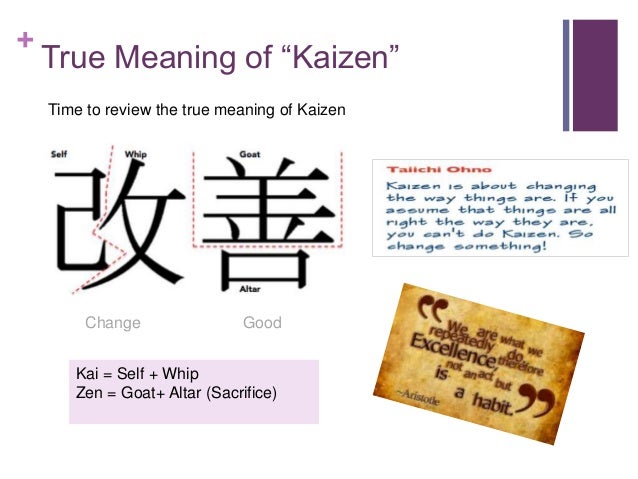
Limiting the representational capacity of the model. Some of the techniques we looked at to compensate for our lack of data included: In our case however the objects of interest are always visible, and we found that the approach using segmantic segmentation was both faster and more performant. In cases where one object might be partially obscured by another, this capability is a clear advantage over semantic segmantation. Why? Models for boundary box prediction (or object localization) typically deal with the added complexity of superimposed objects. Instead, we opted for a semantic segmentation approach where we predict the likelihood of belonging to a textbox for every pixel, and then through some closing-clustering post-processing obtaining the desired boundary boxes. Given our task, it seems natural to directly predict the bounding boxes of the textboxes. Nowadays, computer vision almost always means deep learning using some form of convolutional neural network. We were not interested in text in the background of the video or persistent text such as logos or timestamps. In order to do this we use a three stage pipeline of textbox localization > OCR > parsing. The project in question involved annotating news broadcasts with the text from the kind of boxes seen in the picture below, as well as hardcoded subtitles. In the setting of modern computer vision though, we believe a dataset of this size certainly qualifies as a citizen of the low-data regime. It is not one-shot learning, and historically a dataset of this size might have been considered even to be relatively big. 
In contrast, we were looking to develop a model with a much smaller dataset on the order of $10^3$. Just in the beginning of the year, Tencent published a dataset for computer vision comprised of 18M multi-categorically labelled images. An important factor here are the increasingly big data sets. Good question! Computer vision is perhaps the area where machine learning has made the greatest progress during the last ten years. In this talk the topic was object localization in a scenario where all the data available was that which we could collect ourselves. But what do you do if you don’t have a massive dataset to start with? This is the first of two talks we held at a machine learning meetup jointly hosted by Telia and Squeed, based on real projects where data was limited.

Machine learning is advancing rapidly, and ever growing data is at the center of this evolution.






 0 kommentar(er)
0 kommentar(er)
